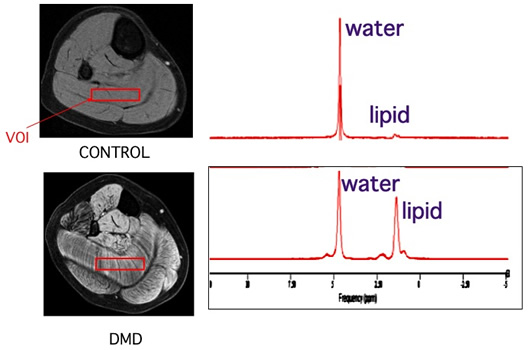 |
Duchenne muscular dystrophy (DMD) is the most common fatal genetic disorder diagnosed in childhood. It is estimated to affect approximately 1 in every 3,500 live male births. The gene that is defective codes for a protein known as dystrophin, which is a protein that contains an N-terminal actin binding site, 24 spectrin-like triple-helical repeats, and a C-terminus that acts as a membrane organizing center for a number of proteins that comprise the dystrophin-glycoprotein complex (DGC). Loss of this protein results in DMD and is manifested as a progressive skeletal muscle loss and progressive cardiomyopathy. On average, patients survive into their second or third decade of life and ultimately succumb to either respiratory or cardiac failure.
The dystrophin gene is the largest in the human genome and is found on the X-chromosome. Because it is X-linked, it primarily affects boys and occurs across all races and cultures. Female carriers can manifest milder disease, as well as cardiomyopathy.
Becker muscular dystrophy, which is less severe than Duchenne, results from in-frame deletions in the dystrophin coding sequence resulting in production of a truncated protein. Variability in the stability and functionality of the truncated protein results in BMD having a broad range of phenotypes from relatively mild disease to disease as severe as DMD.
| Quantifying Lipid Infiltration |
 |
| To obtain proton spectroscopy from the soleus, we place a voxel over the region of muscle from which to obtain spectra, avoiding any fascia, subcut fat or vessels. From the frequency spectrum we see 2 distinct peaks for water and fat. In the control subject, there is a very small fat peak compared to a very large water peak, whereas in the DMD subject, there is a large fat peak. Photos courtesy of University of Florida. more... |
|
 |
